Utah has a problem.
In the past decade, teen suicide rates have tripled in the state. A report released in July found that suicide is now the leading cause of death among youth ages 10 to 17 — higher than car accidents, cancer or heart disease. While an average of 3.0 per 100,000 youth took their own lives in 2007, that number jumped to an unbelievable 8.5 per 100,000 in 2014. According to the Utah Department of Health, an average of 37 kids and teens die from suicide every year while another 942 are treated for attempting. Every day, two youth are treated for trying to kill themselves. A report in 2013 found that 14.1 percent of students in grades 8, 10 and 12 had seriously considered suicide. Overall, it is the 8th leading cause of death in the state and, on average, one person dies from suicide every 15.6 hours.
You don’t need these statistics to know that this is an issue. When I attended Lone Peak High School between 2010 and 2013, I lost a handful of classmates to suicide. And it didn’t stop after graduation: just months ago, I received news that a friend and fellow former LP student had taken his own life. If you’re a teen or young adult in the state, you probably know someone — a friend, classmate, relative or neighbor — who at some point found their existence no longer bearable and who eventually acted on that feeling.
The state’s suicide epidemic that I have seen firsthand initially invoked feelings of sadness in me. My sadness, however, has evolved into frustration as no one seems to be doing anything to address it. Health officials have said they are dumbfounded by the spikes in suicide and cannot think of any likely causes. One official, Andrea Hood, said that Utah’s high altitude might play a role.
If our public officials can’t find a more probable explanation for the alarming rate of teen suicide other than our state’s high elevation, we are in serious trouble. It isn’t the altitude, it is something larger than that. In my observations and experiences growing up in Utah, I feel confident saying cultural factors unique to our state likely play a role.
The first line of evidence that Utah culture has an effect on youth is that not all teenagers are equally at risk. Last winter, it was reported that 32 gay, trans or queer individuals killed themselves within a three month period. The Salt Lake Tribune spoke to a number of LGBTQ sexual assault victims who had attended BYU who said their sexual orientation made it difficult to reach out for support. “You can’t talk to anybody about it,” said one victim. “I felt hand-tied. I wasn’t able to seek help from anybody. As a gay person [at BYU], that wasn’t even an option, because the moment you tell the situation you’re in, you’re busted. There’s no protection.”
It has been pointed out that Utah’s increase in youth and young adult suicide correlates with the LDS church’s sharpening of anti-LGBTQ rhetoric. In 2008, the year suicides began to rise, church leaders urged faithful members to fight against California’s Proposition 8, a bill that would legalize same-sex marriage in the state. This was a significant point in history: rather than adapt to the changing times and social values, the church doubled down on its belief that marriage is between man and woman. Very little has changed since then. This year in June, church leaders urged members in Mexico to fight against the legalization of same-sex marriage in the country.
While they may be among the highest affected population, LGBTQ Mormons and Utahans are not the only ones impacted by the church’s strict social standards. A study conducted by psychologists at Kansas University found that on average, Mormons felt the most guilt of any religious group after engaging in nonmarital sex. While this study looked at sex specifically, it can be fairly inferred that Mormons feel higher levels of guilt in general than the average person. It is true that guilt can, at times, be productive and motivate us to become better versions of ourselves, but it can easily spiral into anxiety and an unshakable feeling of unworthiness. In my opinion, and as evidence seems to indicate, this is exactly what is happening in Utah.
We can afford to play ignorant no longer. While our health and public officials reach desperately for something, anything, to blame (like the altitude), a more conceivable explanation remains uninvestigated. If we want things to change, we have to come to terms with the idea, however unsettling, that the high expectations and rigorous standards set forth by the church might be having unintended consequences. For the sake of our youngest, all of us should strive to focus less on moral purity and instead on creating a culture of unconditional compassion, love and acceptance.









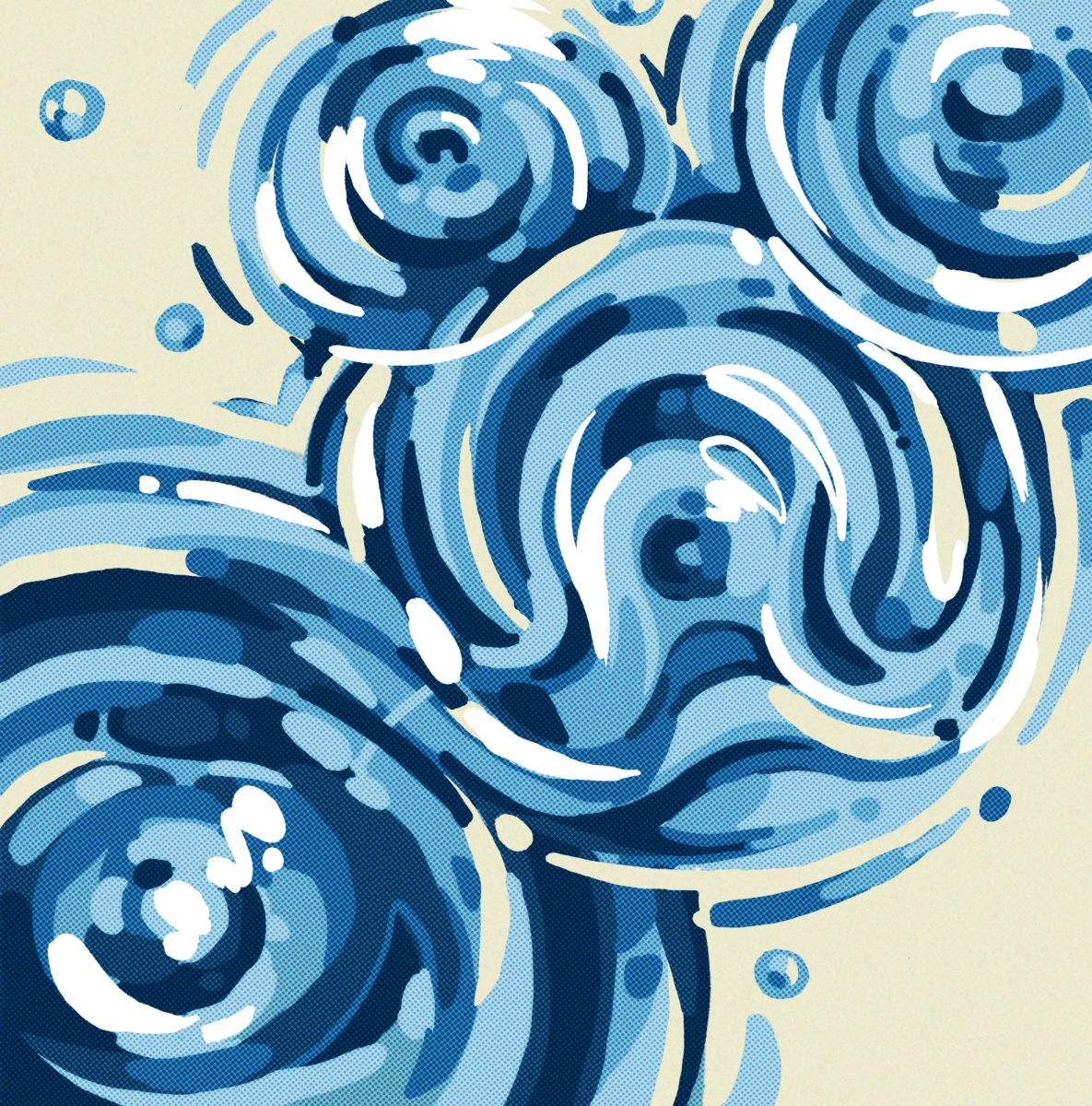
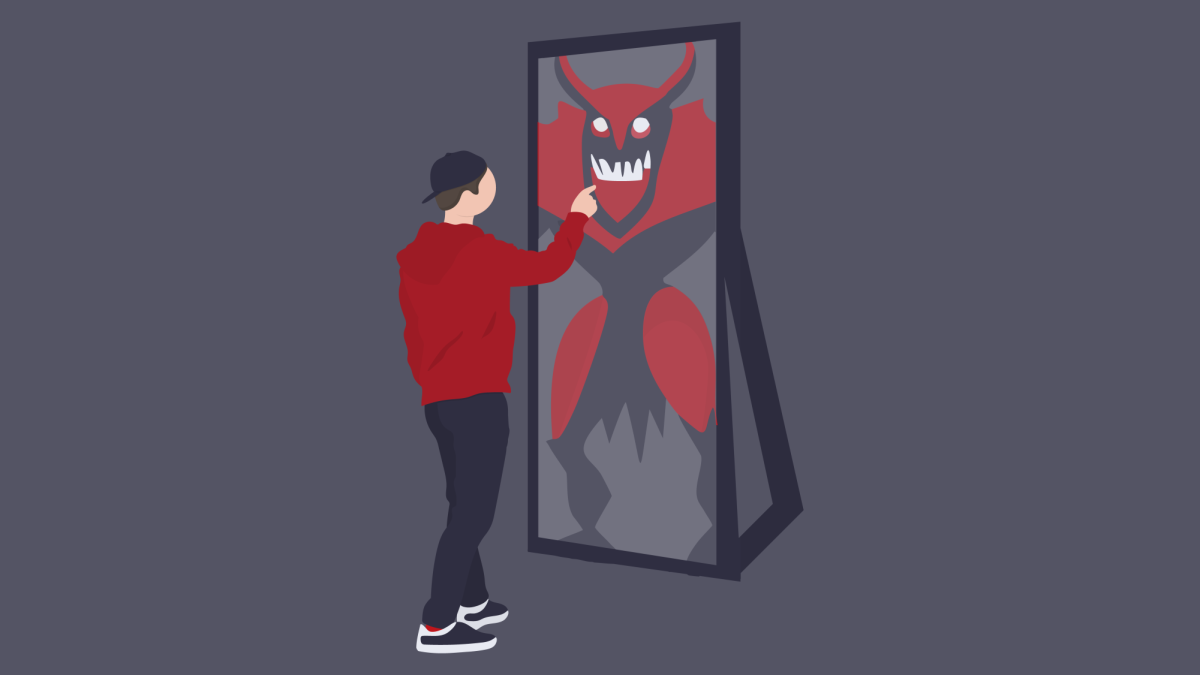

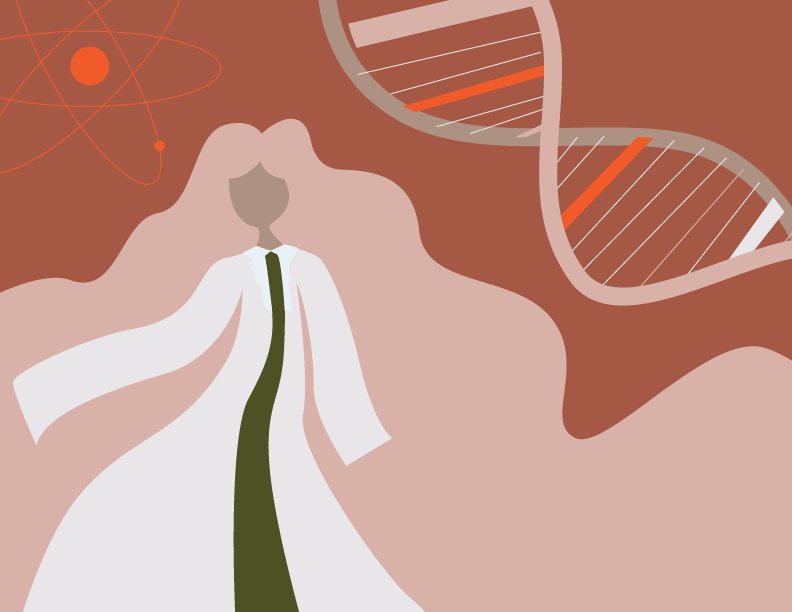
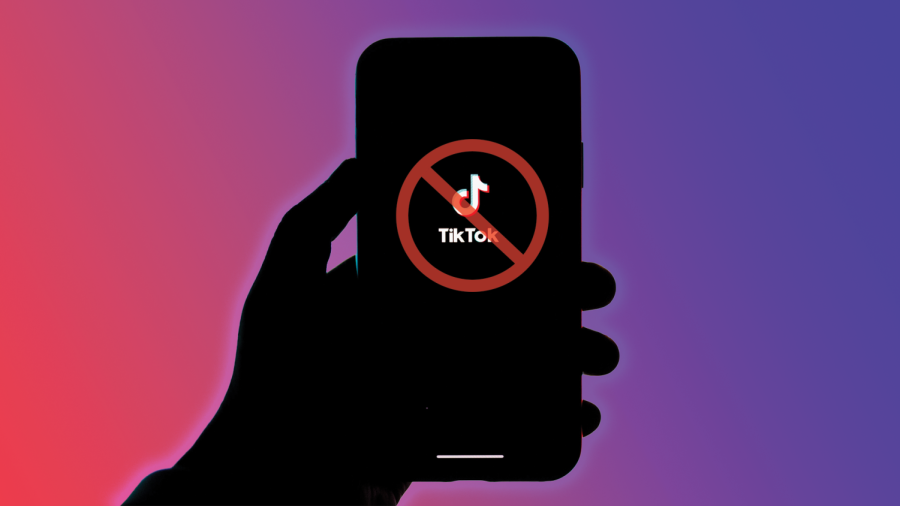

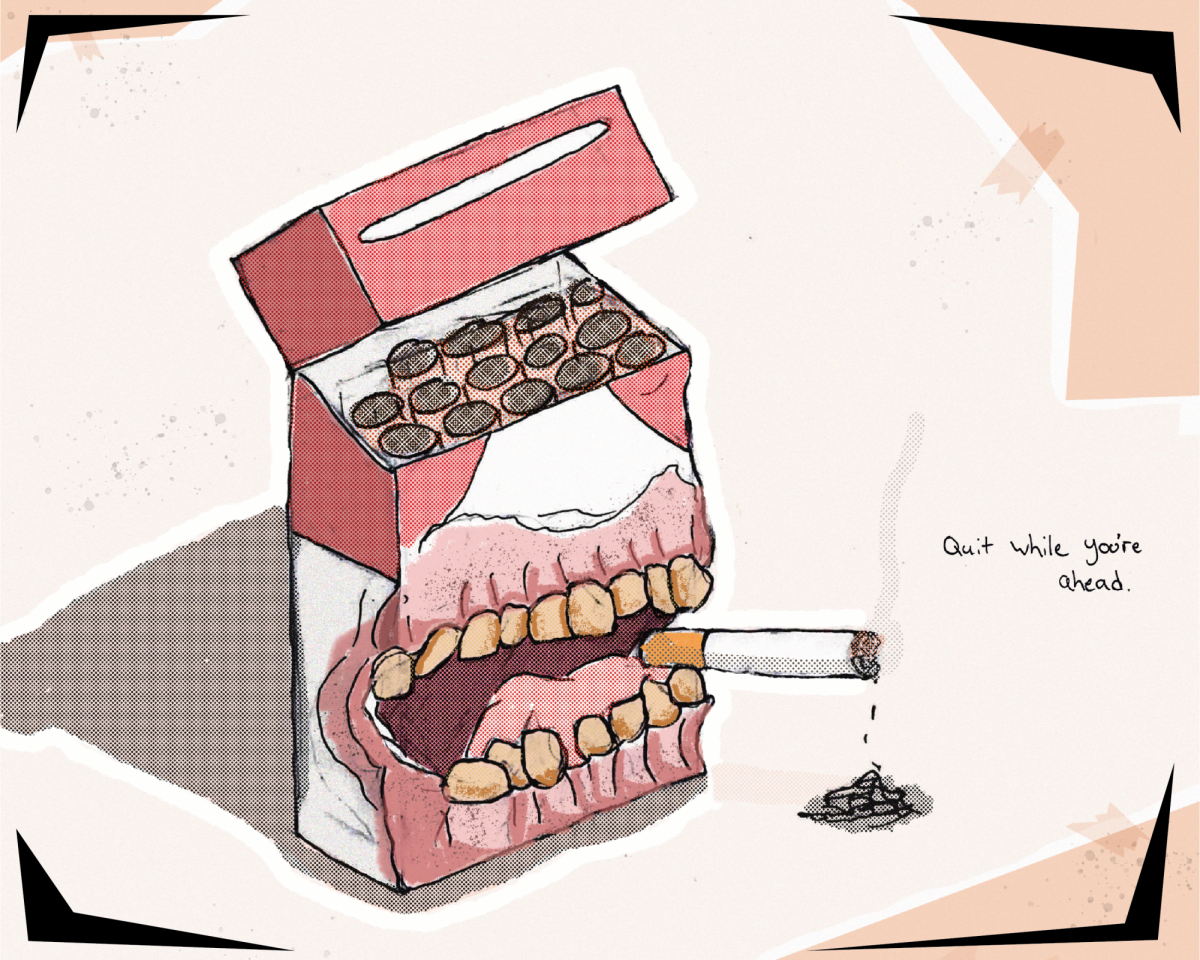

Brian Bresee • Dec 4, 2016 at 8:52 pm
Having lost a son to suicide in 2014, I have researched and pondered this subject in great depth in my effort to understand my son’s end of life decision. Folks, it is not the unchanging altitude tripling the teen suicide rate over the last ten years. Such a claim by Utah officials is appalling, one that demonstrates negligence by those health officials who should be finding answers and then solutions instead of protecting their status in the LDS Church.
We found that bullying at church was what sparked our son’s end of life decision. It is embarrassing to watch how LDS youth treat each other at church. The emmense guilt laid on LDS youth on issues like masturbation have sparked other LDS teen suicides, as evidenced by a lawsuit against the church. Just imagine how the internet has magnified the problem. The ability to research any subject is placing great mental strain on youth and adults alike by forcing them to choose between a culture and heritage they love and their consience to follow the truth. And to pretend LDS policy on Gay and Lesbians is not playing a role in the uptick of teen suicides is nieve at best, very cruel to society’s most vulnerable children.
The LDS Church, The State of Utah can do better, the same men control both.
Brian Bresee • Dec 4, 2016 at 8:52 pm
Having lost a son to suicide in 2014, I have researched and pondered this subject in great depth in my effort to understand my son’s end of life decision. Folks, it is not the unchanging altitude tripling the teen suicide rate over the last ten years. Such a claim by Utah officials is appalling, one that demonstrates negligence by those health officials who should be finding answers and then solutions instead of protecting their status in the LDS Church.
We found that bullying at church was what sparked our son’s end of life decision. It is embarrassing to watch how LDS youth treat each other at church. The emmense guilt laid on LDS youth on issues like masturbation have sparked other LDS teen suicides, as evidenced by a lawsuit against the church. Just imagine how the internet has magnified the problem. The ability to research any subject is placing great mental strain on youth and adults alike by forcing them to choose between a culture and heritage they love and their consience to follow the truth. And to pretend LDS policy on Gay and Lesbians is not playing a role in the uptick of teen suicides is nieve at best, very cruel to society’s most vulnerable children.
The LDS Church, The State of Utah can do better, the same men control both.